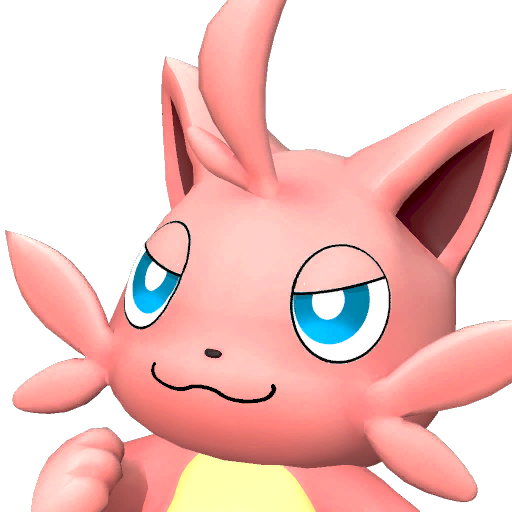With Reverse: 1999 finally releasing to all players worldwide to enjoy its amazing story and immensely charming cast of characters, many players are eager to dive head first into the game’s story to enjoy the most out of this amazing time-traveling adventure. However, many players might experience a lot of difficulties with the game's complex and intricate combat system overall due to the sheer amount of different things players will need to keep track of. Therefore, a general overview of the game’s combat system and some tips and tricks might just be the thing players will look for.
In this guide, we will provide players a general overview of Reverse: 1999 Combat system and break down its complexity into easy to understand segments so that players can have a better understanding of its system. In addition, we will also offer some general tips and tricks players can follow to be able to clear many challenging stages in the game.
Contents:
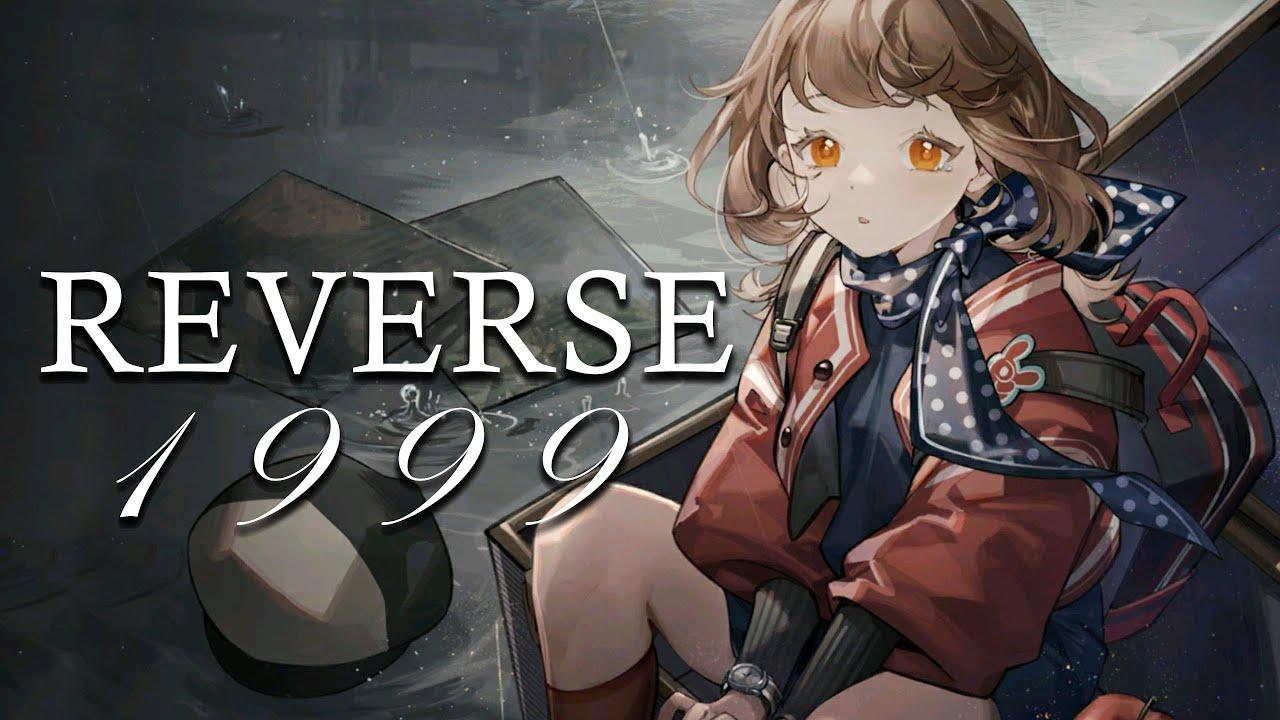
A General Overview Of The Combat System
Reverse: 1999’s combat system is extremely intricate and requires players to pay attention to a lot of different elements to be able to fully utilize the abilities of different characters on the field to defeat the enemies. Hopefully, this section of the guide will break down the elements players need to pay attention to so that players can have a better understanding of the combat system.
Players Actions
For every player's turn, the players will have a set amount of actions they can do, indicated by the hollowed card slots at the middle of the battle screen. The amount of actions players get per turn is equal to the number of Arcanist they have in their active party slots, up to 3 actions per turn.
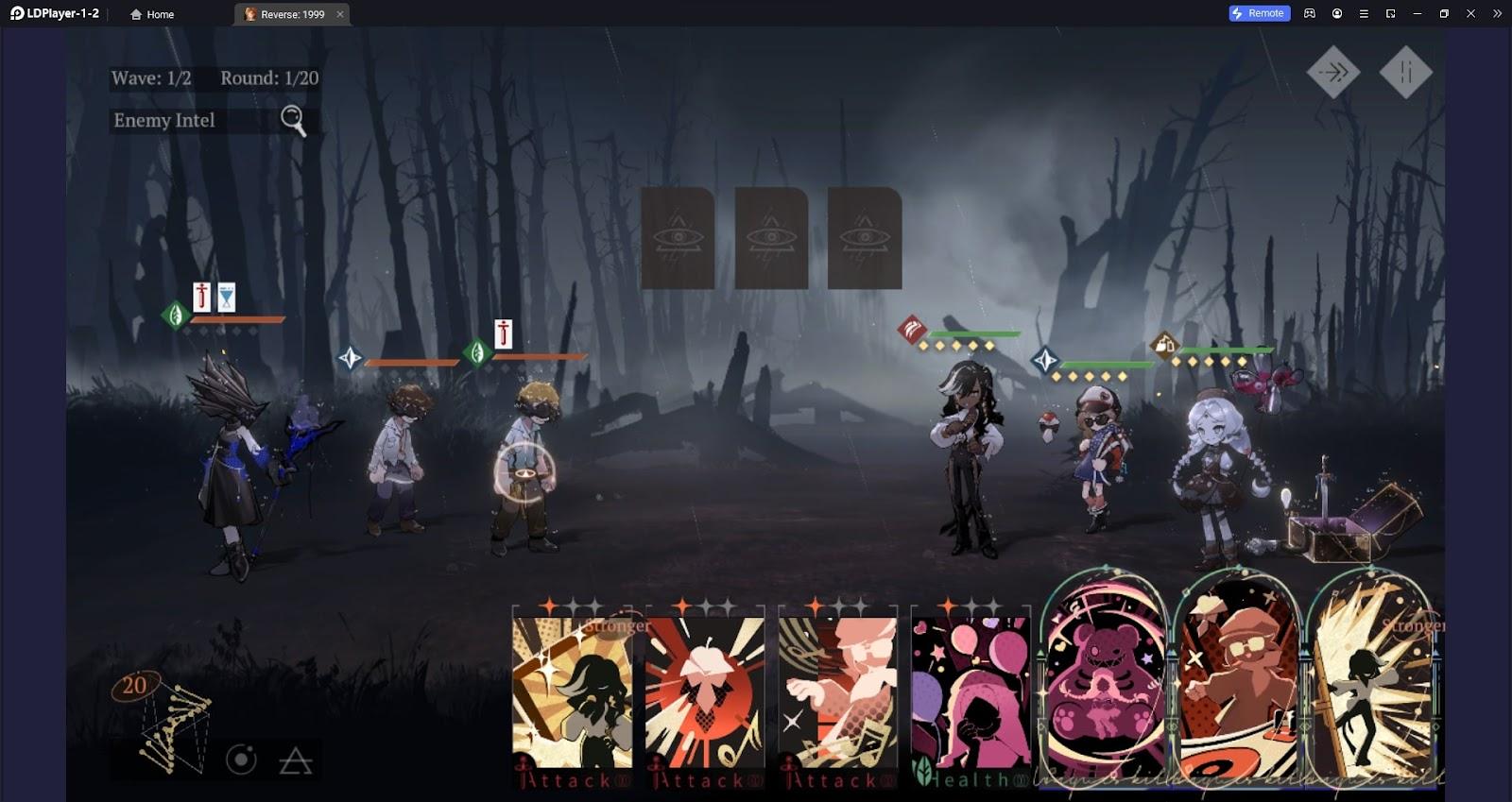
Players can use these actions every turn to use the character’s skill cards or to move the different cards to improve the rarity of the character’s skill cards, each of these will cost 1 action and once all actions have been used up, the players’ turn will end.
Character Skill Cards
The most important battle system mechanic is the character cards or the character skills. Each character will have a total of 3 different types of cards - 2 skill cards and 1 ultimate card and they will be available randomly at the start of each turn.
Since the size of the party is capped at 3 Arcanist for every stage, a total of 6 skill cards ( 2 for each Arcanists) will be randomly generated at the start of every turn. By using these skill cards, the corresponding Arcanist will do the skill effect written on the card.
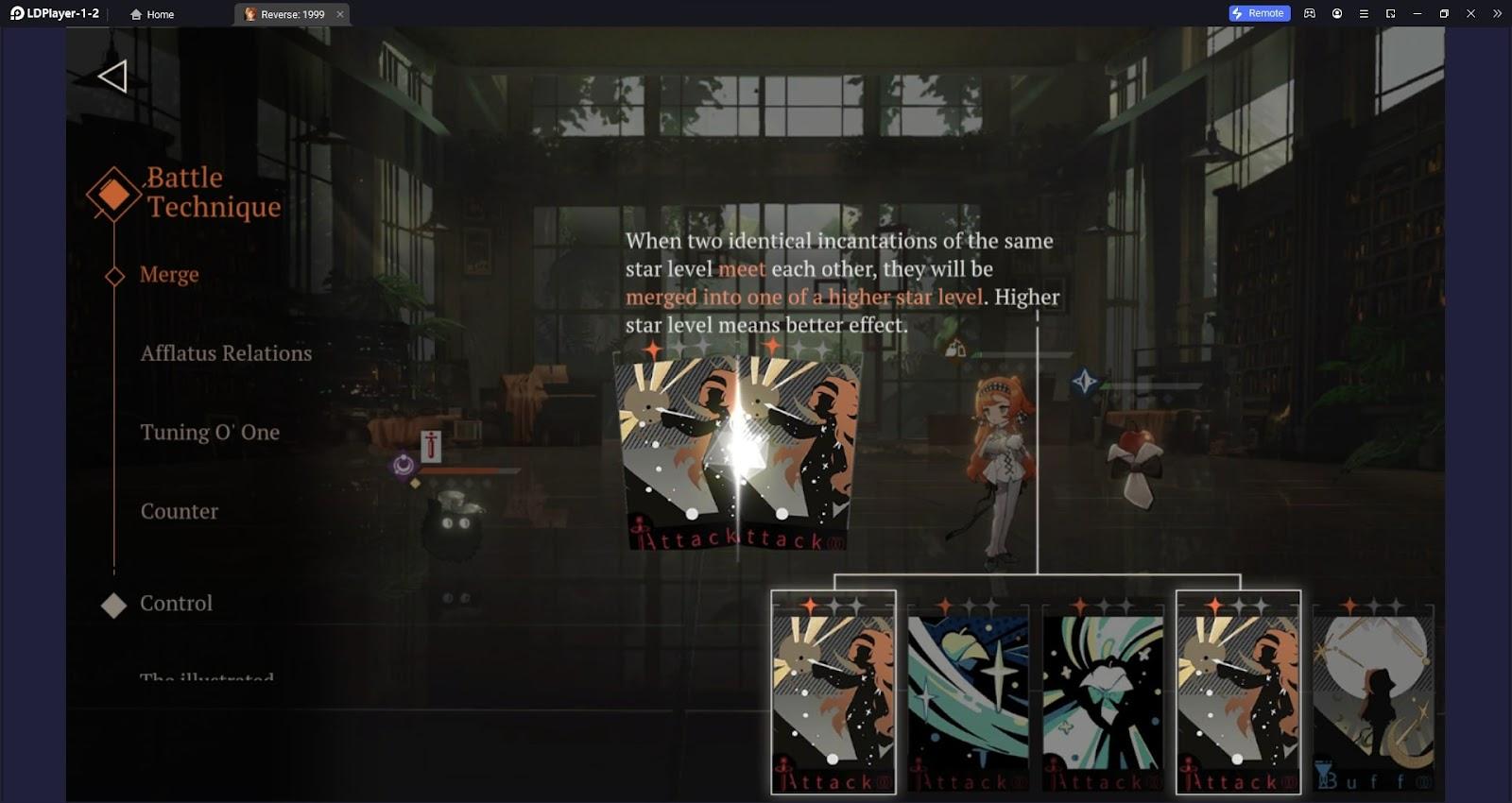
Each of the character skill cards will have a special star value, which all start at 1 star. When 2 of the same skill cards are arranged next to each other, the card’s star rating will increase by 1 star, enhancing the effects of the skill when used, up to the highest rarity of 3 stars by combining 2 of the same 2 stars Skill Cards. Players can hold a maximum of 7 skill cards at the same time.
Moxie And Character Ultimate
Every character on the field will have a special Moxie bar with a maximum at 5 Moxies. By filling up this special Moxie gauge, the characters will be able to use their special Ultimate cards in addition to their normal skill cards.

For every skill card used by the players, the corresponding Arcanist will obtain Moxie depending on the skill used and the skill’s effects. In addition, if players choose to move the cards to increase the character’s skill cards’ star rarity, for each rarity increase, the character will also receive 1 Moxie.
Enemies Targeting And Priorities
Each slot of the character's actions are counted independently from each other, meaning that the target of each character skill card’s attacks can be different from each other depending on which enemies the players decide to target.
Before using a character skill card using an action, players can choose the target for that specific character skill card to target. Then before choosing the next character skill card, players can switch to a different enemy. Doing this will result in the 1st character skill to target the first enemy chosen while the 2nd card will target the 2nd enemy chosen, allowing players to strategically spread out their damage to defeat all enemies at the same time.
Afflatus Advantages
There are 6 Afflatus in the game and their effectiveness is as followed:
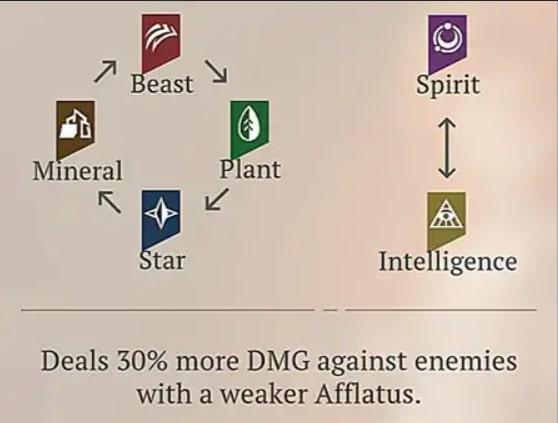
Players should follow the Afflatus chart in order to use the best character skill cards against the enemies that are weak to the specific afflatus and switch between targets in order to ensure that the damage output of the characters will be at the maximum possible.
Buffs, Debuffs And Status Effects
During a battle, different enemies will have different mechanics depending on their behaviors and their abilities. Many of the enemies and Arcanist are able to apply special buffs and debuffs depending on their specific skill effects and their passives. Therefore, players should pay close attention to the buffs and debuffs indicator above the HP bar of every Arcanist and every enemy in order to be prepared to deal with dangerous enemies that use powerful buffs such as Counter to deal massive amounts of damage to the entire team.
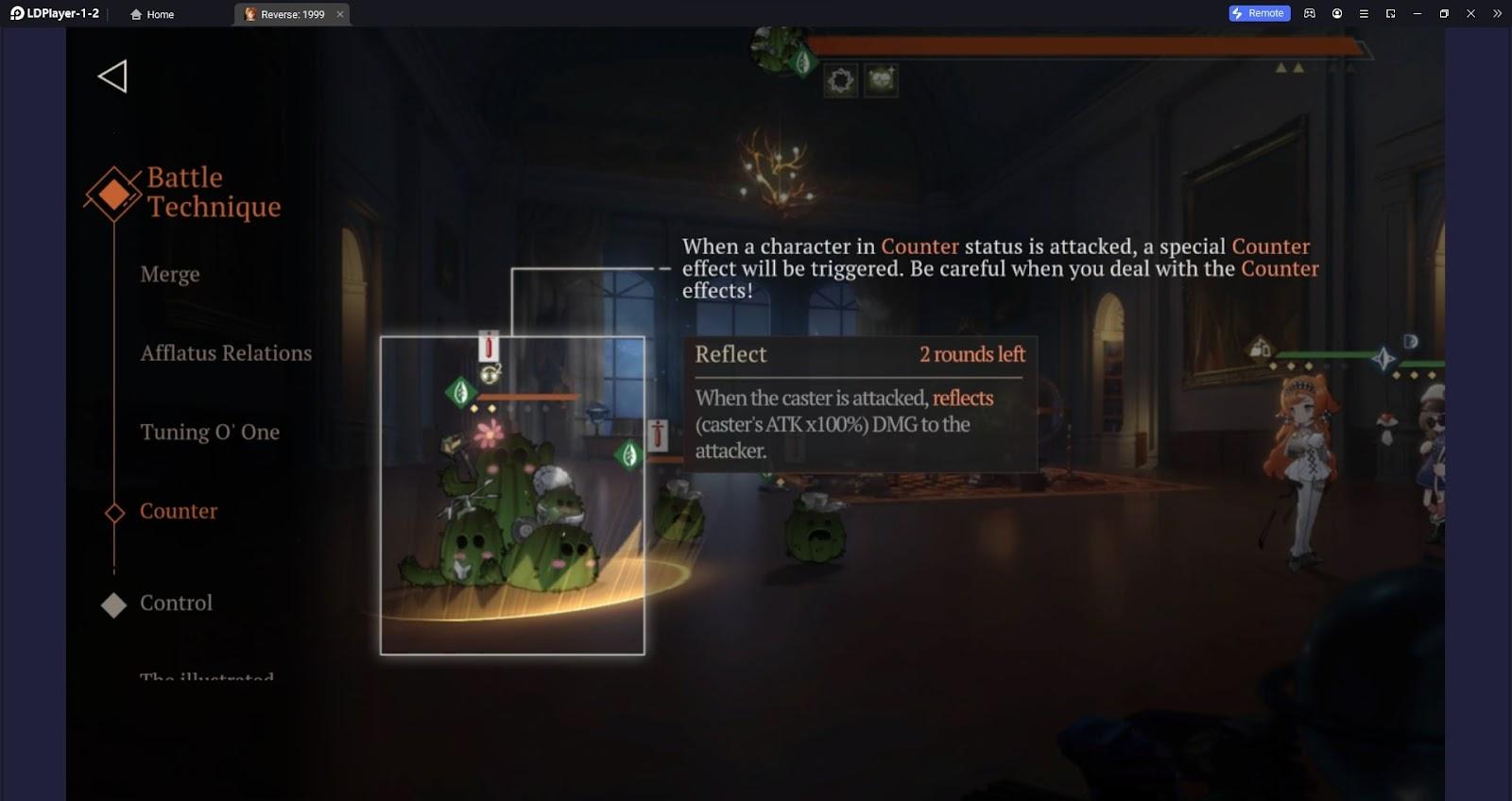
Tuning Sets
Once players have advanced far enough in the game’s story, they will be able to unlock the special Tuning Set mechanic during battle. This Tuning Set mechanic serves as a special buffs to the character skill cards by providing various beneficial effects that will prove useful for the players before they use the character skill cards.
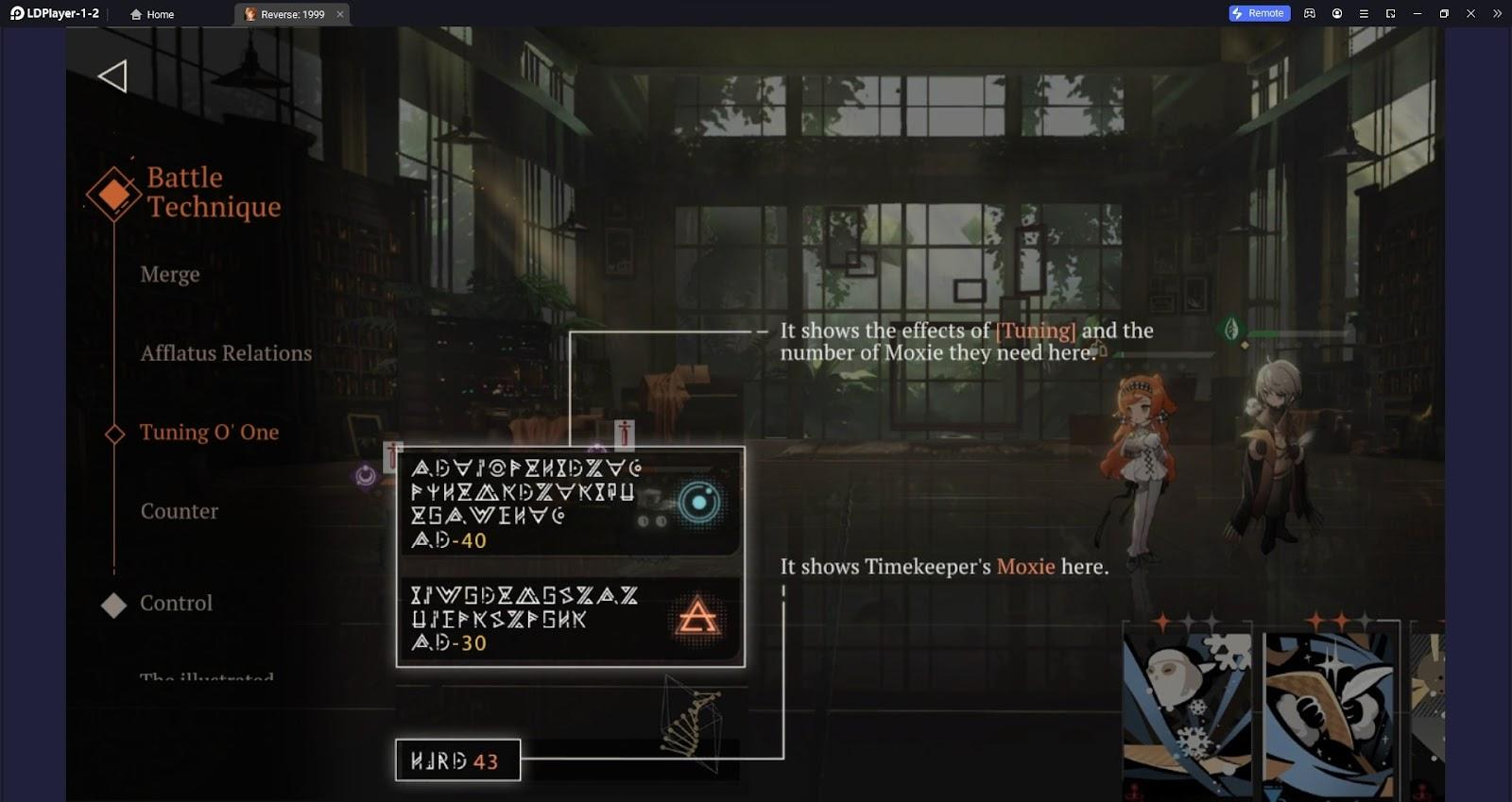
Some of the effects of the Tuning Set includes changing all of the skill cards in hand into random skill cards of the same star rarity, allowing players to attempt to roll for the character cards that they want and get rid of undesirable ones. Another effect is to grant the players a card enhancer, which can be used to increase the star rarity of 1 star character cards without using up an action to move the cards around.
The Tuning Set functions off a skill point system, which will be automatically regenerated every time a character takes action with their character skill cards.
General Tips And Tricks For Easier Combat
Plan Ahead With Your Cards
Every player's actions per turn are extremely precious and players need to understand that by using the actions to move cards around, they will potentially waste a lot of time and character damage needed to clear a stage. Therefore, players should plan ahead by using up character cards that do not offer much effect by moving them to the side and combining other cards around them.
Pay Close Attention To Bosses Mechanics And Buffs
Many mid and end game bosses have special mechanics that players absolutely need to pay attention to. So please, read the description of their abilities before attempting to defeat them. If players do not understand the bosses’ abilities before challenging them, the only thing that awaits them will be crushing defeats.
Always Switch Between Targeted Enemies
As mentioned, the target system of Reverse: 1999 is extremely intricate in the way that it dynamically understands which skill should be used on what enemy. Therefore, players need to build a habit of switching between enemies in between using the character cards in order to ensure the highest possible damage output when taking the enemies’ afflatus weaknesses, buffs, and debuffs into account.


